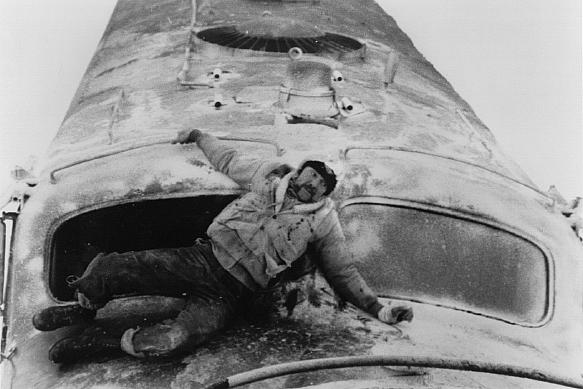12
Nov

How to Save a Run Away Project
Getting Back On Track
Some skills are learned from formal education and great training. Some of the more subtle skills necessary for success in business and IT are learned only through decades of hands-on experience.
The professionals at WAKE Technology Services have both. It was the application of these combined skills that enabled WAKE to successfully perform a number of key roles during a recent IT engagement involving the deployment and implementation of a new storage architecture.
Setting the Stage
In 2004, the development of an RFP to overhaul this client’s IT storage system was initiated. The project had hit a number of bumps and roadblocks along the way. Personal preferences, differing agendas, subjective evaluations of vendors, and discord among co-workers prevented the IT team from defining clear requirements and objectively identifying and evaluating vendors. They had difficulty even agreeing on which version of the RFP should be submitted to vendors. A requirement within one version of the RFP was the ability to support a legacy OS. That was inserted knowing that a particular vendor could not satisfy the requirement. But, as it turned out, the OS, developed by Digital Equipment Corporation back in 1979 wasn’t supported by any of the vendors.
To complicate things further, there were rumblings of questionable tactics by some of the vendors during the initial RFP process. Innuendos of kick-backs and alleged attempts to circumvent the normal “chain of command” by seeking audiences with the CIO and even the Board of Directors contributed further to the chaos. Clearly, the project was not moving in the right direction.
The Role of Mediator
As the hospital’s IT team entered the eighth month of grappling with the development of the RFP, WAKE TSI’s Gene Kern was approached by the Vice President of IT to conduct an independent evaluation of the data center. As part of that assessment, Gene quickly discovered additional problems with the hospital’s storage configuration and the required storage maintenance procedures. He also identified numerous points of failure within the system. Since the client
was already engaged in the RFP process for upgrade of the storage system, Gene was asked to intervene, conduct a thorough review of the in-progress RFP project and ultimately mediate a resolution to the existing stalemate caused by an overall lack of consensus within the team and guide the process through completion.
The Role of Project Manager
WAKE TSI immediately began the task of completely managing the entire RFP process. Step one involved the identification of all requirements (technical, business, and vendor) necessary for a successful implementation. Next, WAKE followed their proven methodology for completing an IT engagement, to take the project from RFP through final deployment. Specific tasks ranged from the development of a convincing business case, to initial design, to managing all vendor communications and negotiations, client conferences to evaluate and score bid responses, assessment of final bids, contract award and ultimately overseeing the implementation.
